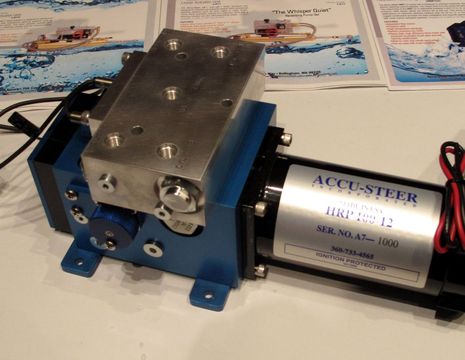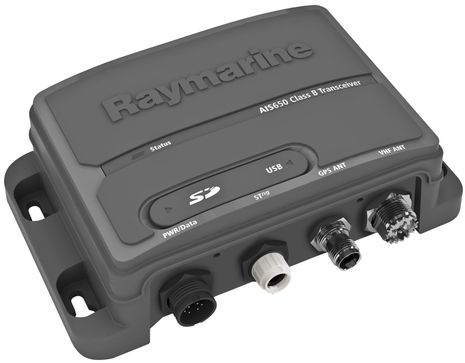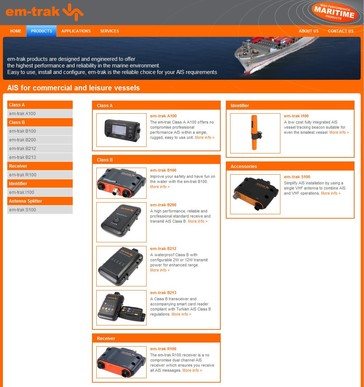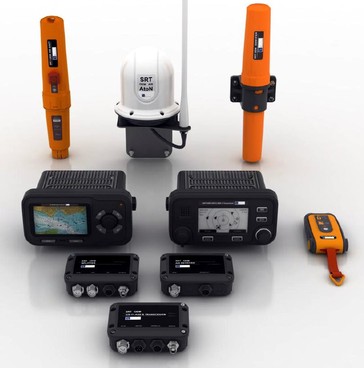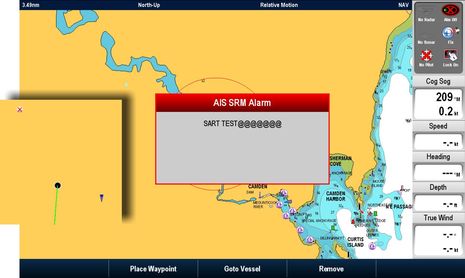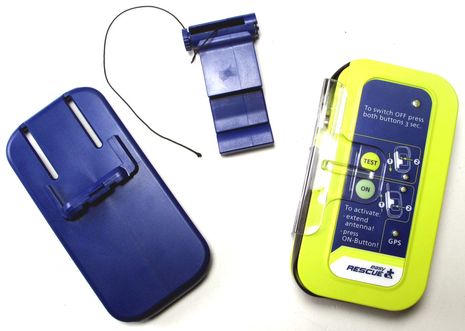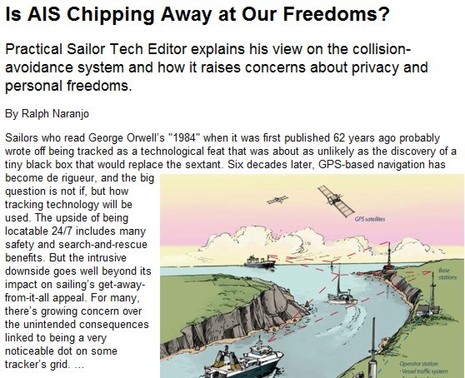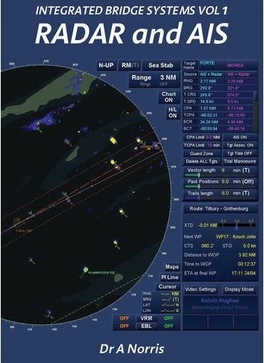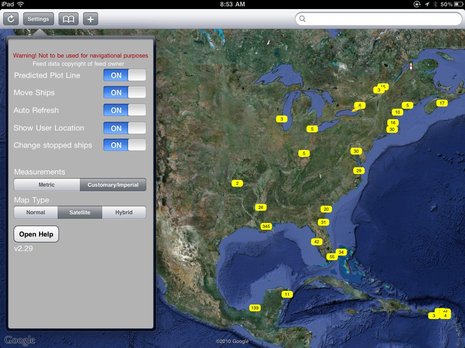NMEA 2011 Expo, neat new stuff #2
Yes that’s an Accu-Steer reversing hydraulic pump meant to push a rudder around, but that block on top is a patent-pending sensor co-developed with FurunoUSA, and the whole package leads to the very interesting “Safe Helm” and “Power Steer” features coming to the latter’s NavPilot 700 (which explains why the pilot came out elsewhere earlier). Safe Helm sounds a lot like the “Shadow Drive” feature so far only seen on the Garmin GHP 10 pilot for hydraulic steering systems; instead of poking a StandBy button, you simply turn the wheel to disengage the pilot and steer around an issue, then let the boat settle on a course again to re-engage. It’s elegantly simple (I’ve tried the Garmin version), and it’s potentially great that it’s is no longer exclusive to one manufacturer. And apparently Furuno’s unique method also means that the pump can be used to power assist a steering system, with numerous controls for how that’s done — like variable assist at different speeds — built into the NavPilot 700…



